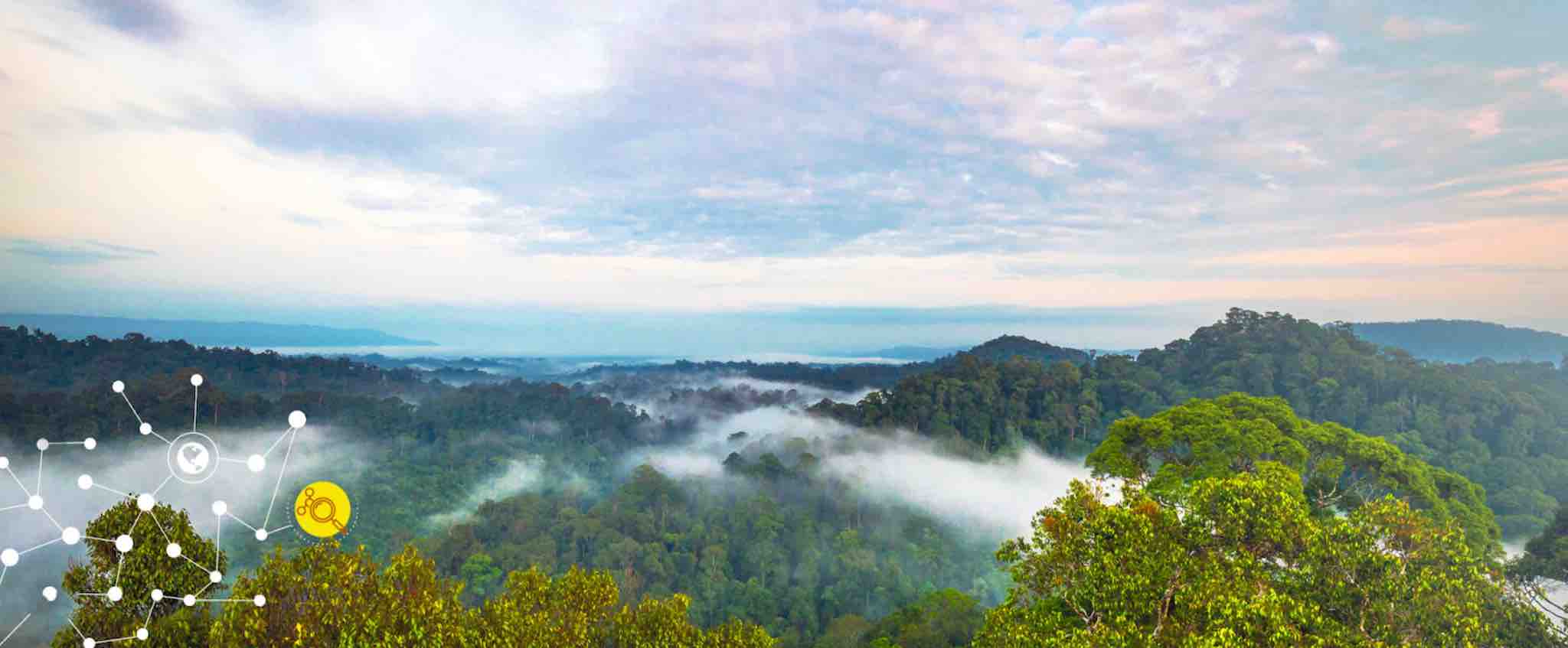Demand-Response Visualizations
Microgrid Visualizations at a biological field station, Kuala Belalong Field Studies Centre
During my tenure at IBM Research, I designed and built data visualizations for real-time observability on a scientific research center's energy consumption patterns. These visualizations were used to optimize energy consumption, fuel usage and transportation. This facility was in the middle of a dense rainforest disconnected from civilization and electrical grids. Diesel generators were primary source of electricity and my colleagues at IBM Research installed smart equipment to monitor and stream live energy consumption metrics.
About KBFSC
University Brunei-Darussalam established the Kuala Belalong Field Studies Centre in 1990. Before its establishment, the area was under protection as a forest reserve managed by the Department of Forestry under the Ministry of Primary Resources and Tourism. This forest reserve, which covers an area of approximately 46, 210 hectare, is now a national park. KBFSC sits within the research and education zone of the Park that includes the whole watershed of the Belalong River.
The Centre’s establishment was marked by a scientific expedition jointly organized with the Royal Geographical Society (RGS) of London. It was conducted for 15 months and was participated by seventy-four research scientists of various specializations. The expedition led to the discovery of some species new to science and newly recorded for Brunei.
KBFSC now served as a key research, teaching and training site for international research community and universities. It is used for various environmental awareness programs.
The Forest
KBFSC sits on the west bank of the Belalong River at 50 metres above sea level. It is surrounded by forest type known as mixed dipterocarp forest which represent approximately 41% of all forest in the country. This forest type is dominated by trees that belong to the tree family Dipterocarpaceae and is considered to be one of the most timber productive forests in the world. Further south, a small patch of montane forest is found at Gunung Pagon at elevation 1280 metres above sea level which is also the highest altitude in the country.
Animal life in the forest is rich but are well camouflaged among the tree’s foliage. A total of 199 species of birds were recorded in Belalong up to the end of the rainforest expedition in 1992. Most spectacular are the hornbills; seven species are present. Mammal community include Bornean endemics Hylobates muelleri and Presbytis hosei and ground-dwelling like the common mousedeer (Tragulus spp.), barking deer, bearded pig (Sus barbatus) and pangolin (Manis javanica).
